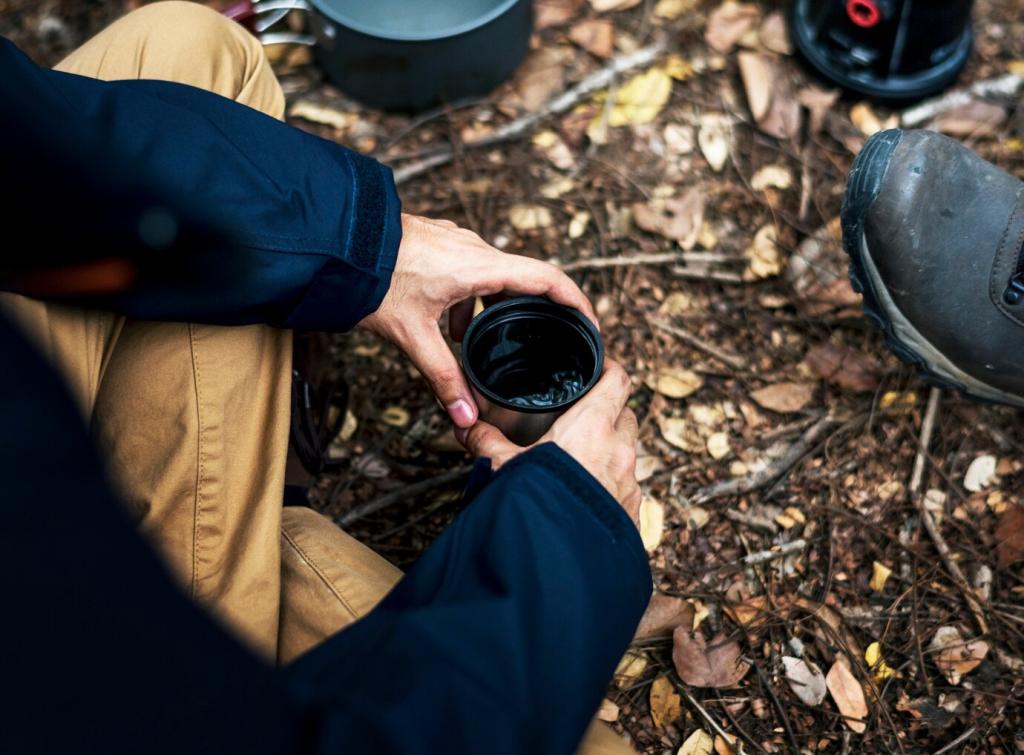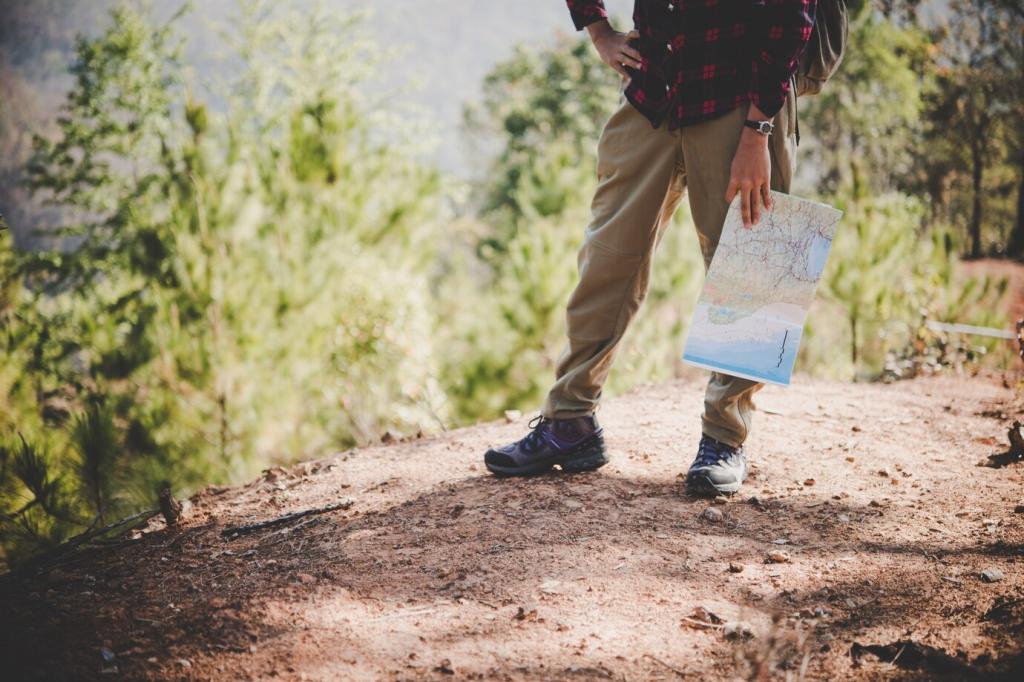Preparing for Sudden Weather Changes in the Mountains
Today’s theme: Preparing for Sudden Weather Changes in the Mountains. Weather flips fast above treeline; let’s build habits, systems, and confidence to adapt with calm, skill, and good judgment. Share your own storm stories and subscribe for field-tested checklists and fresh mountain-weather insights.
Reading the Sky: Forecasts, Clues, and Microclimates
Cloud types that warn you early
Lenticular caps hint at roaring winds aloft, anvils announce thunder cells, and a mackerel sky whispers incoming instability. Train your eye to notice timing, movement, and thickening layers, then adjust pace, layers, and objectives before the mood turns.
Trust forecasts, plan for worse
Cross-check national services with specialized alpine bulletins and local mountain observatories. Download offline forecasts and wind maps, note freezing levels, and set a conservative plan B. Preparation means packing layers for one step colder and wetter than predicted.
A short story from a saddle
On a calm morning at a high saddle, a thin veil became a bruised wall within twenty minutes. We ditched the ridge, slipped into a sheltered notch, donned shells, and sipped hot tea. The squall passed; our objective could wait. Safety stayed first.




Fast shelters you will actually carry
An emergency bivy, heat-reflective blanket, or small tarp weighs little yet buys time and warmth. Bright colors aid visibility in whiteouts. Pack cords pre-tied, and store critical pieces where you can reach them with numb fingers and shaking hands.
Choosing safer terrain for a pause
Avoid ridgelines, gullies, and lone trees during electrical activity. Seek lower, broken terrain with firm anchors and drainage. Orient shelter away from prevailing wind. Small terrain choices made calmly can halve the storm’s bite and protect critical body heat.
Practice before the front hits
Pitch your tent in gusty parks, build quick guyline systems, and rehearse tarp knots blindfolded. During a training day we shaved setup time from seven minutes to two. When ice pellets started stinging, the muscle memory kept everyone composed and dry.
Flexible Routes, Turnaround Times, and Bailouts
Choose a time or weather threshold before leaving the trailhead, and communicate it clearly. When skies darken, emotion argues; rules decide. A simple commitment—turn by noon if winds exceed forecast—has saved more summits than bravado ever claimed.

Preload calories, snack relentlessly
Eat before you feel cold. Quick carbs and steady fats keep the furnace lit when wind rises. Stash bite-sized snacks in hip pockets to avoid stopping. Decision quality improves measurably when blood sugar stays smooth during sudden mountain squalls.
Hot drinks change morale
A small thermos of tea, broth, or cocoa can reset shivering minds and hands. Warm fluids slow the slide toward hypothermia. Share your recipe—ginger tea, salty miso, or lemon honey—and tell us how it changed a storm day’s tone.
Melting snow safely at altitude
Pre-warm fuel canisters, shield stoves from wind, and add a little water first to speed melting. Factor extra fuel for longer boils. Hydration prevents poor choices when visibility collapses and the urge to rush overrides careful, safe movement.
After-action notes that build skill
Debrief while details are fresh. What signals did you miss? Which gear saved warmth? Document and adjust your checklist. Small improvements—like relocating mitts or pre-rigging guylines—compound into calm control when clouds erupt without warning again.
Local knowledge beats generic advice
Talk to rangers, hut keepers, and seasoned locals about wind funnels, shadowed slopes, and typical afternoon build-ups. Microclimates rule mountains. Engaging your community reveals patterns forecasts gloss over, sharpening your timing before sudden weather pivots hard.
